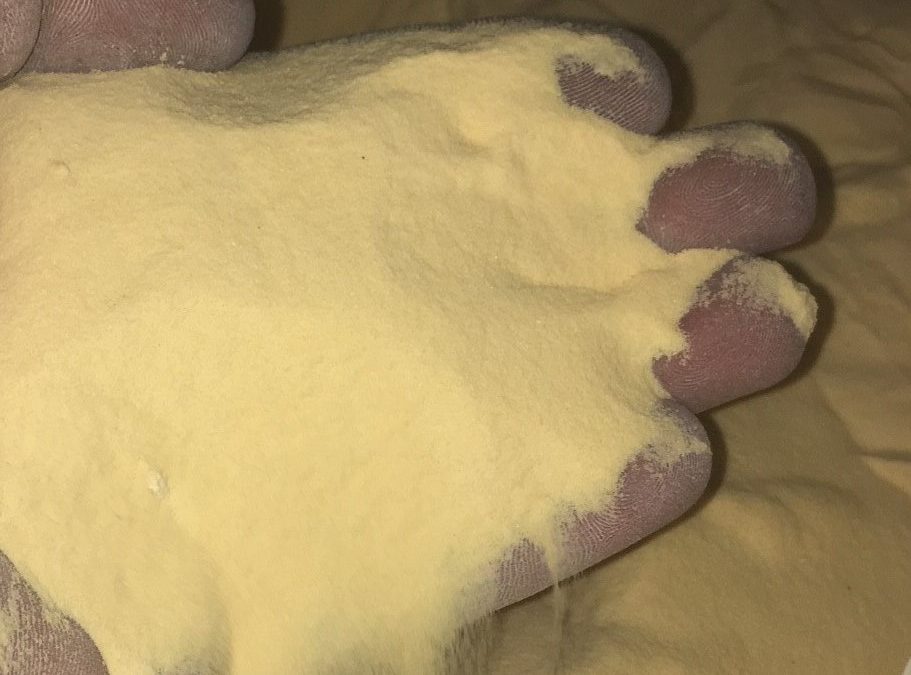Whey is the liquid portion of milk, which separates from the curd during cheese making. Sweet whey comes from the manufacture of Cheddar and mozzarella cheese. The pH of sweet whey is 6.0, which is high than that of fresh acid whey. Whey is corrosive. Suitable materials for equipment used in handling whey include plastic, stainless steel, glass, fiberglass and wood. Whey should be delivered fresh daily. Whey that is not fresh (over 36 hours old) has a low pH, is not consumed as readily as fresh whey, and tends to cause tooth erosion and sore gums, especially in young stock. Cows require a period of up to four weeks to become accustomed to liquid whey. It may be necessary to limit water during this period. Once a herd adapts to liquid whey, water should be freely available. In general, cows will drink about two-thirds of their liquid as whey and one-third as water. On a dry matter basis, whey is similar in TDN to corn and contains almost one-third more protein. When offered liquid whey free-choice, cows will drink up to 200 pounds (91 kg) or 25 gallons daily. One hundred pounds (45 kg) of liquid whey is equivalent to 7 ½ pounds (3.4 kg) of a 12-percent-protein grain mixture. Cattle drinking liquid whey free-choice will increase their urine output considerably and will require more bedding. Reducing the moisture content of liquid whey to 0 percent gives a product called whey concentrate.
TYPICAL ANALYSIS:
| Dry matter | 6.5 % |
| Crude Protein | 0.90 % |
| Fat | 0.07 % |
| Crude fiber | 0.00 % |
| Neutral Detergent Fiber | 0.00 % |
| Acid Detergent Fiber | 0.00 % |
| Calcium | 0.06 % |
| Phosphorus | 0.07 % |
| Total Digestible Nutrients | 5.70 % |
| Net energy—Lactation | 6.00 Mcal/100 lbs |

